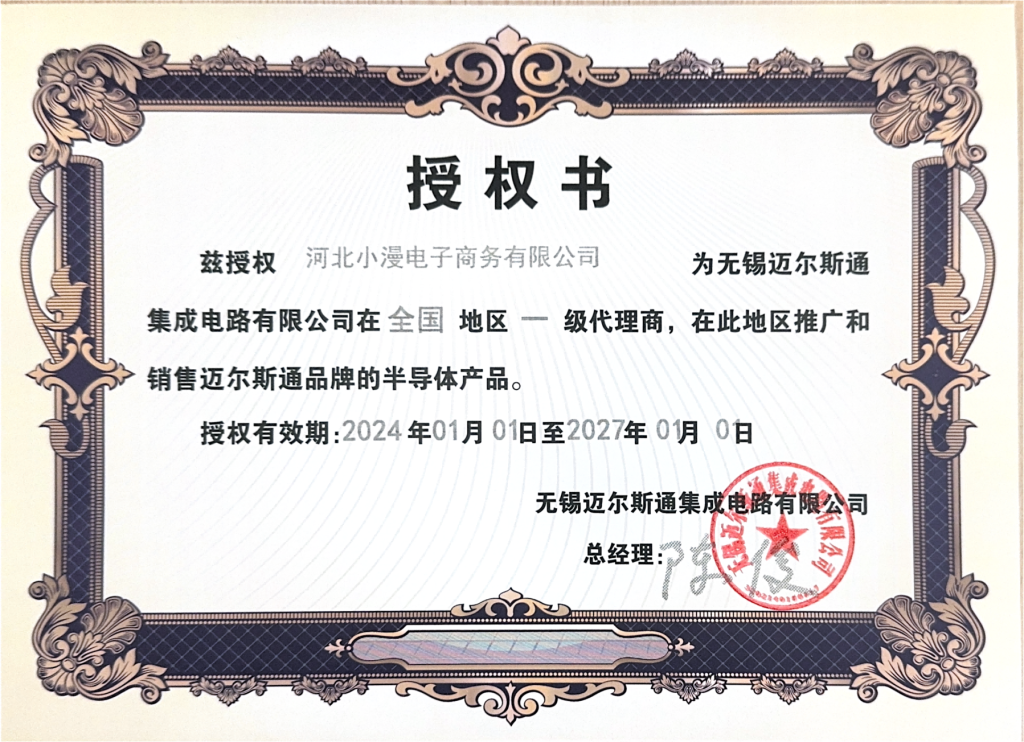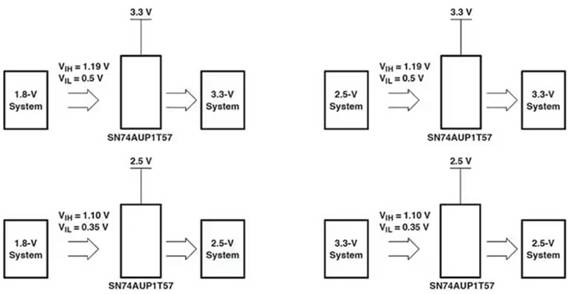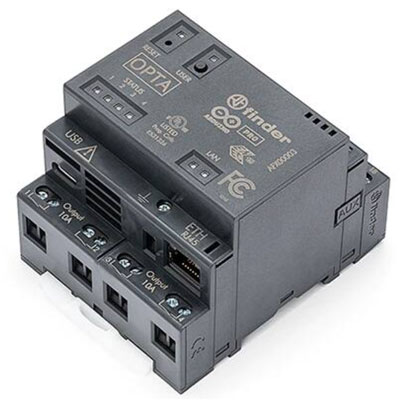//C8051F单片机读写串行EEPROM程序,查询方法
//——————————————————————————
// Keil Software, Inc.
//
// Project:
//
// Filename:
// Version:
// Description: This file contains example code that will communicate to a
//
//
//
// Copyright 2000 – Keil Software, Inc.
// All rights reserved.
//——————————————————————————
// Keil Software, Inc.
//
// Project:
//
// Filename:
// Version:
// Description: This file contains example code that will communicate to a
//
//
//
// Copyright 2000 – Keil Software, Inc.
// All rights reserved.
//——————————————————————————
//——————————————————————————
// Header files
//——————————————————————————
#include
#include
// Header files
//——————————————————————————
#include
#include
//——————————————————————————
// Value Definitions
//——————————————————————————
#define
#define
#define
#define
#define
#define
// Value Definitions
//——————————————————————————
#define
#define
#define
#define
#define
#define
#define
#define
#define
//——————————————————————————
// Macros
//——————————————————————————
#define high_byte(x)
// Macros
//——————————————————————————
#define high_byte(x)
//——————————————————————————
// I/O Port Defines
//——————————————————————————
sbit
#define
// I/O Port Defines
//——————————————————————————
sbit
#define
//——————————————————————————
// I2C Bus (SMBus) register bit definitions
//——————————————————————————
sbit
sbit
sbit
sbit
sbit
sbit
sbit
sbit
// I2C Bus (SMBus) register bit definitions
//——————————————————————————
sbit
sbit
sbit
sbit
sbit
sbit
sbit
sbit
//——————————————————————————
// Rerserve Interrupt vector space (the 8051F000 has an IV table from 0x03 to 0xAB)
//——————————————————————————
unsigned char code iv_table [0xB0] _at_ 0x0003;
// Rerserve Interrupt vector space (the 8051F000 has an IV table from 0x03 to 0xAB)
//——————————————————————————
unsigned char code iv_table [0xB0] _at_ 0x0003;
//——————————————————————————
// Function Prototypes
//——————————————————————————
void write_byte (unsigned char data_out, unsigned int address);
unsigned char read_byte (unsigned int address);
void i2c_write (unsigned char output_data);
unsigned char i2c_read (void);
void delay_time (unsigned int time_end);
void i2c_start (void);
unsigned char
void repeated_i2c_start_and_write (unsigned char output_data);
void i2c_stop_and_write (unsigned char output_data);
// Function Prototypes
//——————————————————————————
void write_byte (unsigned char data_out, unsigned int address);
unsigned char read_byte (unsigned int address);
void i2c_write (unsigned char output_data);
unsigned char i2c_read (void);
void delay_time (unsigned int time_end);
void i2c_start (void);
unsigned char
void repeated_i2c_start_and_write (unsigned char output_data);
void i2c_stop_and_write (unsigned char output_data);
//——————————————————————————
// MAIN FUNCTION
//——————————————————————————
void main (void)
{
// MAIN FUNCTION
//——————————————————————————
void main (void)
{
}
//——————————————————————————
// I2C Peripheral Function Prototypes
//——————————————————————————
// I2C Peripheral Function Prototypes
//——————————————————————————
//——————————————————————————
// Procedure: write_byte
// Inputs:
// Outputs:
// Description: Writes a byte to the EEPROM given the address
//——————————————————————————
void write_byte (unsigned char data_out, unsigned int address)
{
}
// Procedure: write_byte
// Inputs:
// Outputs:
// Description: Writes a byte to the EEPROM given the address
//——————————————————————————
void write_byte (unsigned char data_out, unsigned int address)
{
}
//——————————————————————————
// Procedure: read_byte
// Inputs:
// Outputs:
// Description: Reads a byte from the EEPROM given the address
//——————————————————————————
unsigned char read_byte (unsigned int address)
{
// Procedure: read_byte
// Inputs:
// Outputs:
// Description: Reads a byte from the EEPROM given the address
//——————————————————————————
unsigned char read_byte (unsigned int address)
{
}
//——————————————————————————
//
// Inputs:
// Outputs: none
// Purpose: Sends I2C Start Trasfer – State “B”
//——————————————————————————
void i2c_start (void)
{
}
//
// Inputs:
// Outputs: none
// Purpose: Sends I2C Start Trasfer – State “B”
//——————————————————————————
void i2c_start (void)
{
}
//——————————————————————————
//
// Inputs:
// Outputs: none
// Purpose: Sends I2C Start Trasfer – State “B”
//——————————————————————————
void repeated_i2c_start_and_write (unsigned char output_data)
{
}
//
// Inputs:
// Outputs: none
// Purpose: Sends I2C Start Trasfer – State “B”
//——————————————————————————
void repeated_i2c_start_and_write (unsigned char output_data)
{
}
//——————————————————————————
//
// Inputs:
// Outputs: none
// Purpose: Sends I2C Stop Trasfer – State “C” (also sends last byte)
//——————————————————————————
void i2c_stop_and_write (unsigned char output_data)
{
}
//
// Inputs:
// Outputs: none
// Purpose: Sends I2C Stop Trasfer – State “C” (also sends last byte)
//——————————————————————————
void i2c_stop_and_write (unsigned char output_data)
{
}
//——————————————————————————
//
// Inputs:
// Outputs: input byte
// Purpose: Sends I2C Stop Trasfer – State “C” (also reads last byte)
//——————————————————————————
unsigned char i2c_stop_and_read (void)
{
//
// Inputs:
// Outputs: input byte
// Purpose: Sends I2C Stop Trasfer – State “C” (also reads last byte)
//——————————————————————————
unsigned char i2c_stop_and_read (void)
{
}
//——————————————————————————
//
// Inputs:
// Outputs: none
// Purpose: Writes data over the I2C bus
//——————————————————————————
void i2c_write (unsigned char output_data)
{
}
//
// Inputs:
// Outputs: none
// Purpose: Writes data over the I2C bus
//——————————————————————————
void i2c_write (unsigned char output_data)
{
}
//——————————————————————————
//
// Inputs:
// Outputs: input byte
// Purpose: Reads data from the I2C bus
//——————————————————————————
unsigned char i2c_read (void)
{
//
// Inputs:
// Outputs: input byte
// Purpose: Reads data from the I2C bus
//——————————————————————————
unsigned char i2c_read (void)
{
}
////////////////////////////////////////////////////////////////////////////////
//
// Inputs:
// Outputs: none
// Purpose: To pause execution for pre-determined time
////////////////////////////////////////////////////////////////////////////////
void delay_time (unsigned int time_end)
{
}
//
// Inputs:
// Outputs: none
// Purpose: To pause execution for pre-determined time
////////////////////////////////////////////////////////////////////////////////
void delay_time (unsigned int time_end)
{
}









